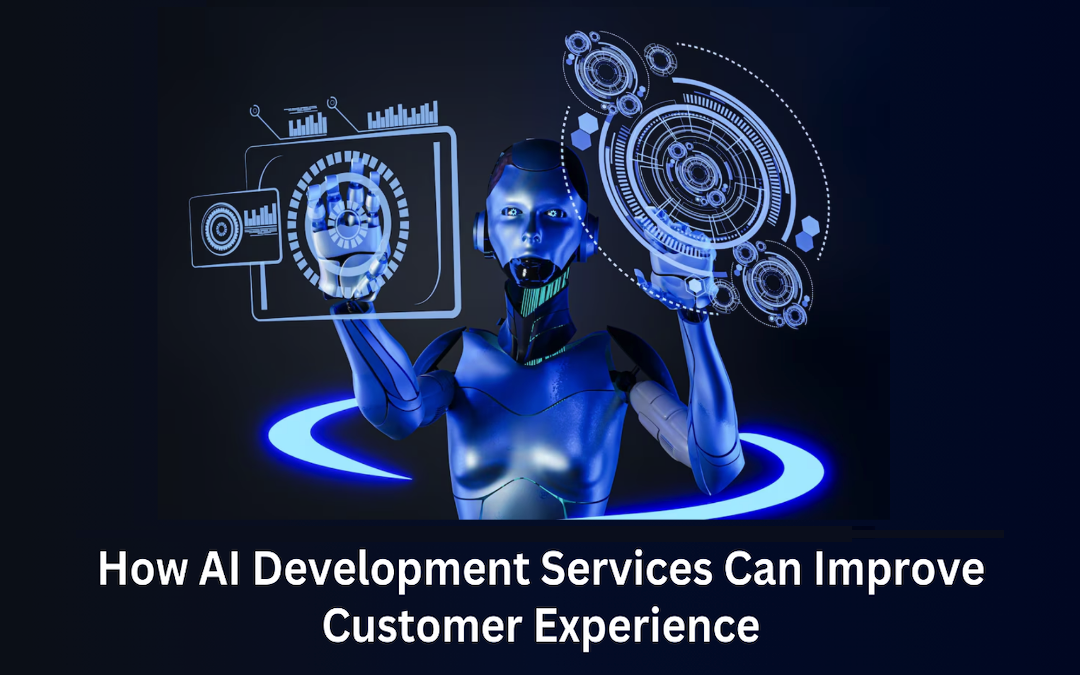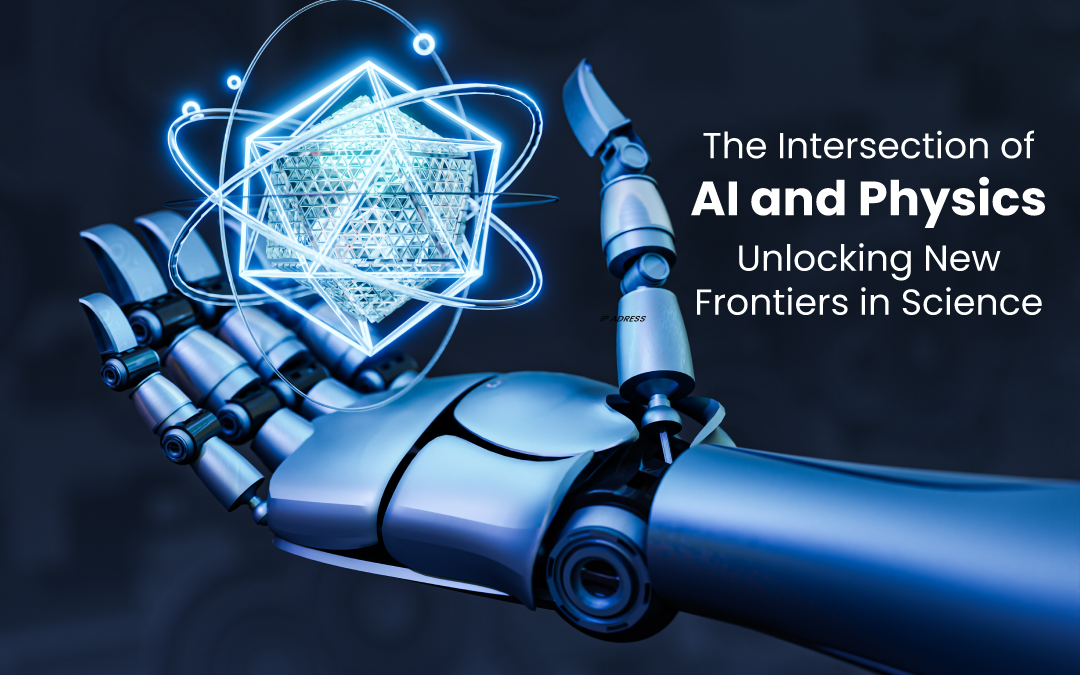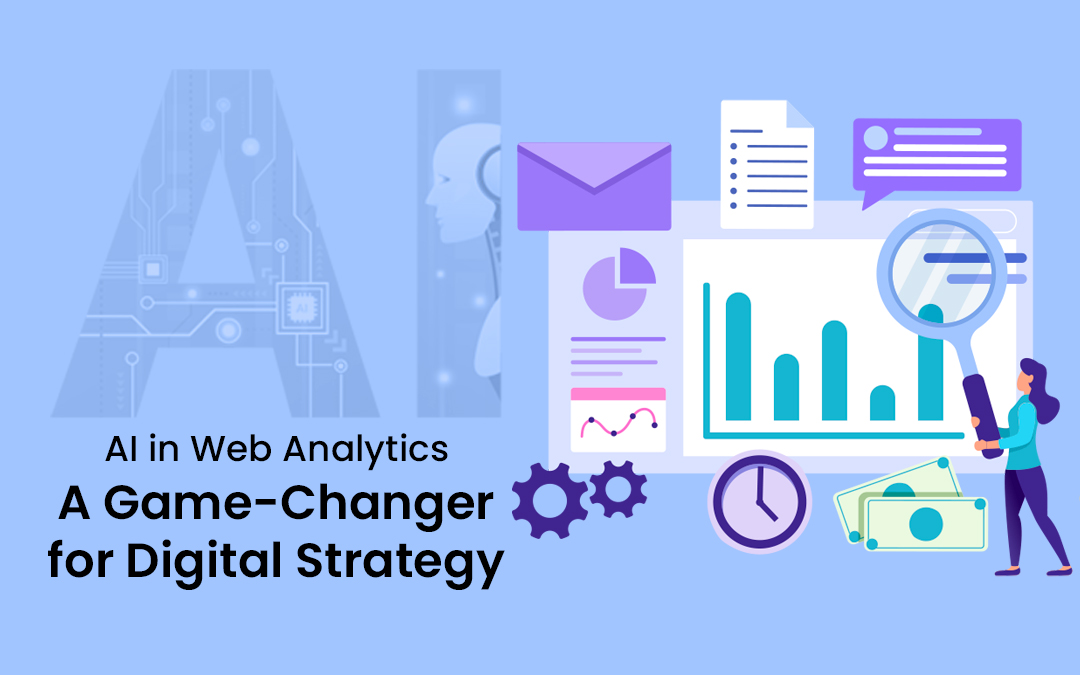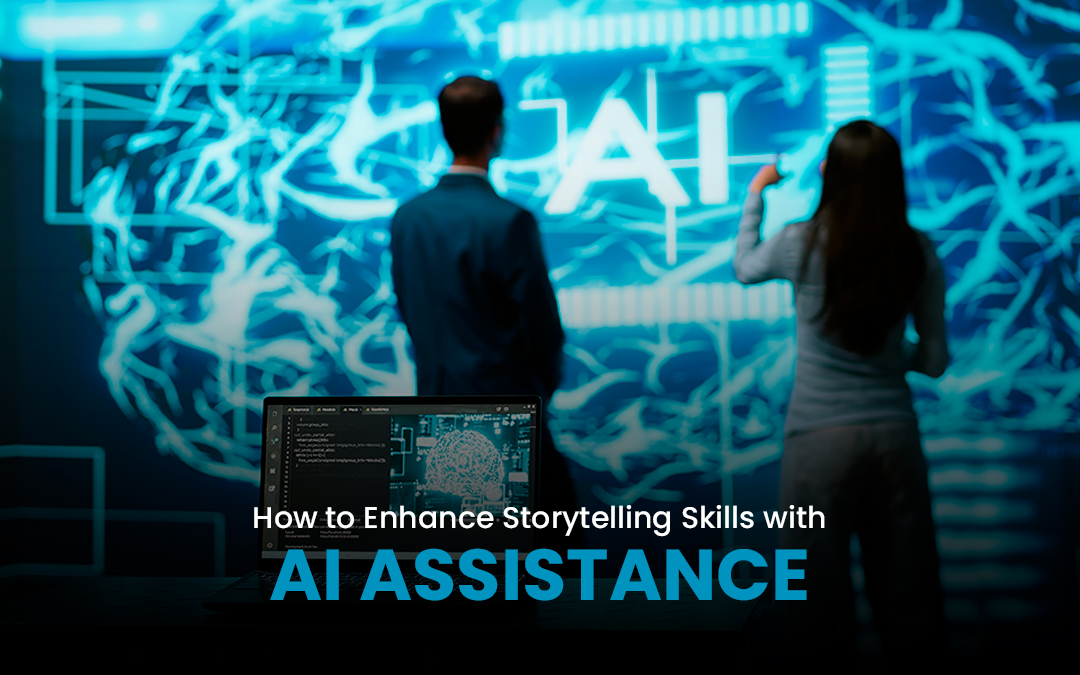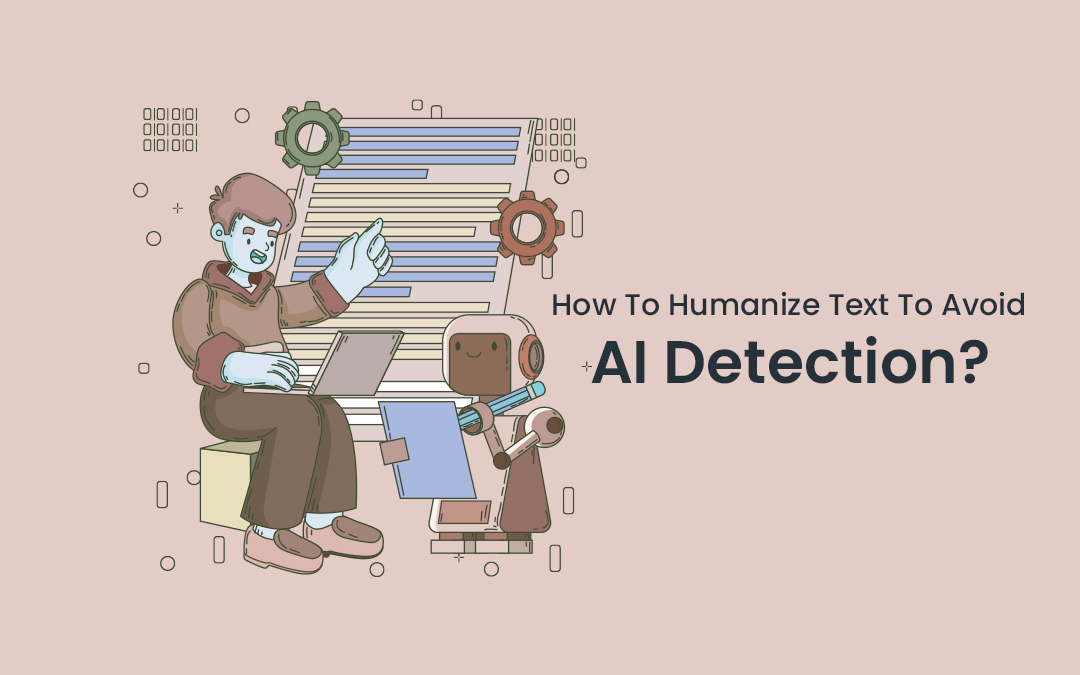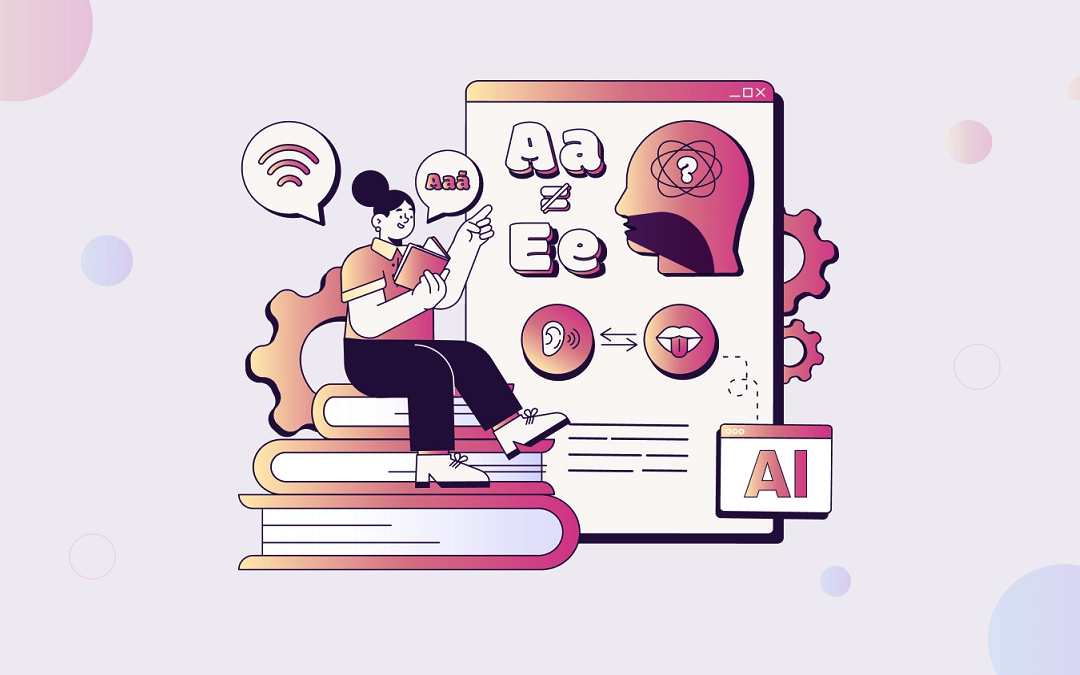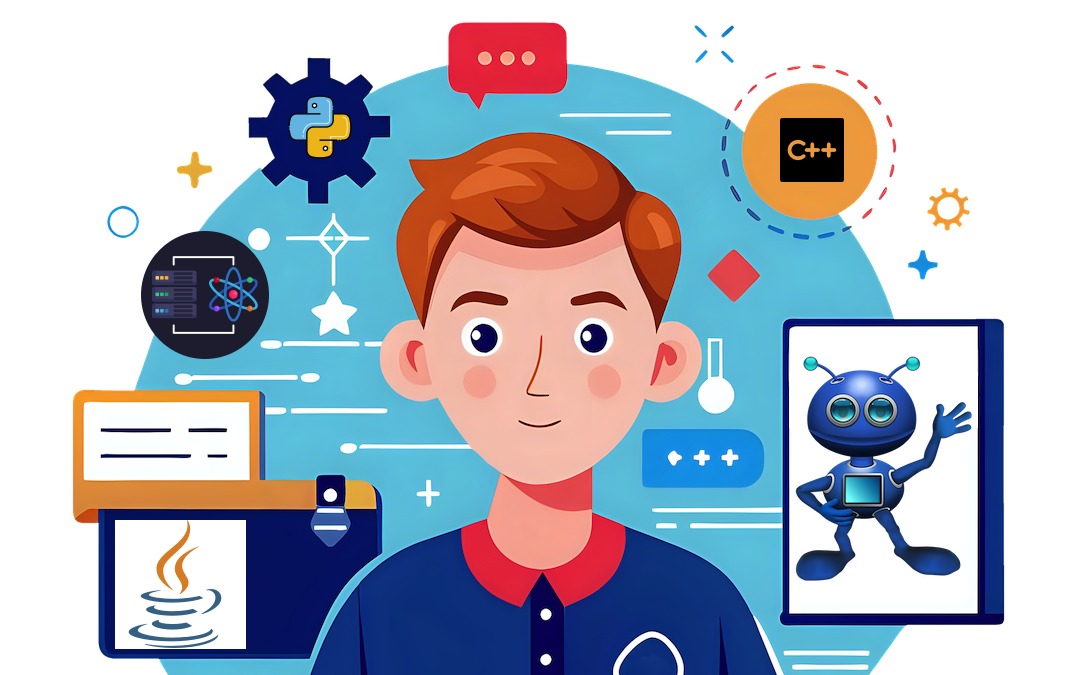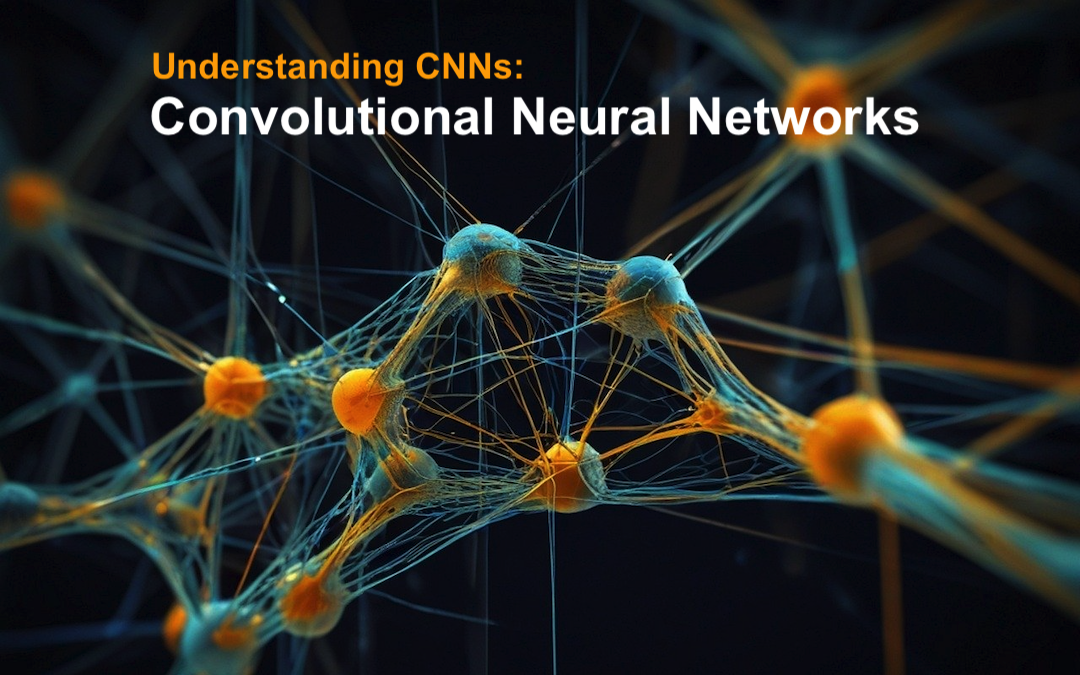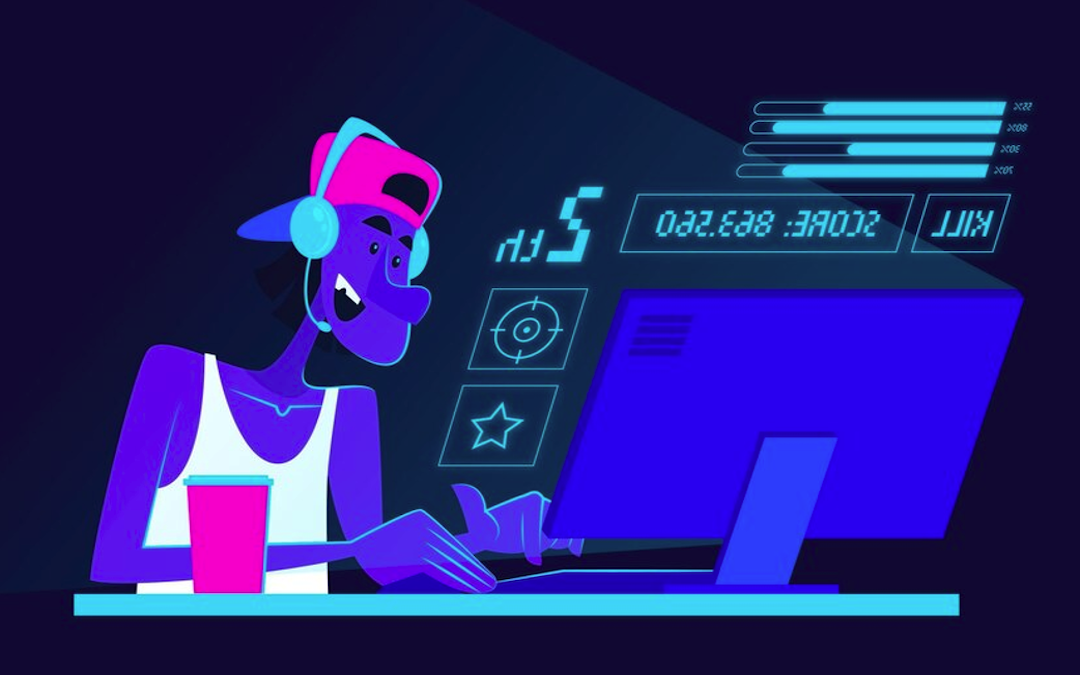
Live streaming is one of the fastest-growing trends in the last few years. Twitch alone receives 54 million hours of viewing per day across the globe. As much as we have seen human streamers, particularly on platforms such as Twitch and YouTube, there is emerging interest in AI streamers, which are virtual characters that can engage with the viewers and stream content on their own.

